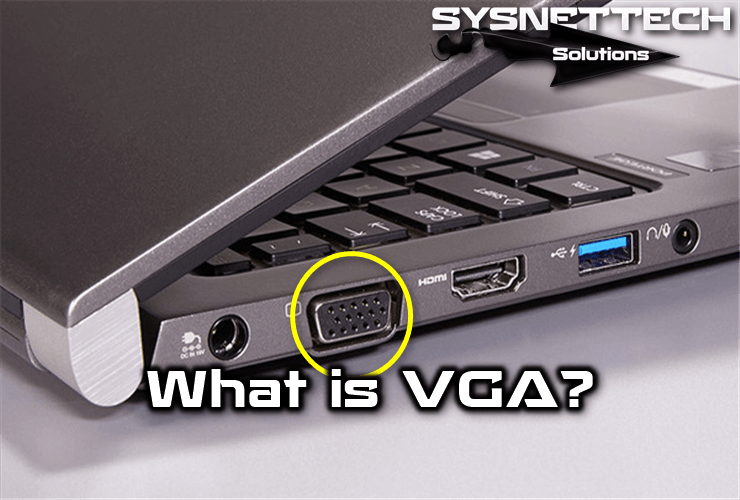SCSI (Small Computer System Interface) is the standard high-speed parallel interface model created by ANSI Committee X3T9.2 in 1986.

What are the SCSI Interface and Types?
The SCSI is used to connect a microcomputer to peripheral devices such as hard drives and printers and to connect to other computers and local area networks.
In order to mount the SCSI device to the computer, both the device and the motherboard must have a controller. It is usual for the device to come with such a controller, but this is not always the case, especially in the first devices.
Up to seven devices can be connected with a single connection using sequential connections called daisy links. If the Ultra SCSI-3 standard is used in wide mode without including the computer, up to 15 devices can be connected.
A computer using this interface on both ports can connect to 30 peripherals.
As for the transfer speed of this bus, it depends on the standard and the way it is used. While the speed for SCSI-1 is 5 Mbytes per second, it reaches 80 Mbytes per second in Fast mode for Ultra SCSI-3 and 160 Mbytes per second in Wide mode.
If there are multiple cards in a system, each is identified by a number called LUN (Logical Unit Number). The LUN 0 card serves as the mainboard, while the others act as enslaved people.
Also, an identifier is given to each device connected to a card. Microswitches or jumpers fix the identity of each peripheral, although the software can also configure it. Each device has an address consisting of the LUN and the ID that make up the priority number.
Only one device can transmit at a time from the port. The device with the highest address has priority. Computers on Apple Macintosh Plus, Macintosh SE, Macintosh II, IBM RS/6000, and IBM PS/2 Model 65 have a serial SCSI port, among others.
It can also be installed on an IBM PC and compatible hardware as an expansion card. In the past, it was trendy among all kinds of computers. Today, it remains popular in high-performance workplaces, servers, and high-end peripherals.
Desktop and laptop computers often use slower IDE/SATA interfaces for hard drives, USB drives, and FireWire due to the cost difference between these devices.
Asymmetric SCSI
It is an asymmetric bus known as SE (Single-Ended/Single Termination) based on a parallel architecture sensitive to interference, where each channel travels on a wire.
SE mode SCSI cables have eight cables for 8-bit transmission or 16 cables for 16-bit cables. This is the most common SCSI bus type.
Differential SCSI
A pair of cables carry the differential busbar signals. The information is coded with the difference between the two wires to compensate for electromagnetic interruptions, thereby achieving a significant wiring distance.
There are generally two modes:
- LVD (Low Differential Voltage) mode based on 3.3V signals.
- HVD (High Differential Voltage) mode using 5V signals.
Peripherals using this type of transmission are increasingly rare and are often identified by the word DIFF.
SCSI Disk Types
SCSI 1
It supports 5 MBps bus speed and 8 bits. Its general connector is 50 pins (Centronics connector) and low density. The maximum cable length is six meters. Addresses between 0 and 7 define it and allow up to 8 devices.
SCSI 2
Fast: Doubles the transmission speed from 5 MBps to 10 MBps with eight buses. The general connector has 50 pins and is of high density. The maximum length of the cable is three meters. Addresses between 0 and 7 define it and allow up to 8 devices.
Wide: Extends the bus from 8 to 16 bits. The general connector has 68 pins and is of high density. The maximum length of the cable is three meters. Addresses between 0 and 15 identify it and allow up to 16 devices.
SCSI 3
Ultra: Supports 20 MBps bus speed and 16 bits. Its general connector is 34 high-density pins. The maximum cable length is 10 cm. It supports up to 16 devices. Also known as Fast 20 or SCSI-3.
Ultra-Wide: Supports 40 MBps bus speed and 16-bit. The general connector has 68 pins and is of high density. The maximum cable length is 1.5 meters. It supports up to 16 devices. Also known as Fast SCSI-3.
Ultra 2: It supports 80 MBps bus and 16 bits. The general connector has 68 pins and is of high density. The maximum cable length is twelve meters. It supports up to 16 devices. Also known as Fast 40.
Ultra 160: It supports 160 MBps bus and 16 bits.
SCSI 4
Ultra4 320: It supports 320 MBps bus and 16 bits. Addresses between 0 and 15 define it.
SCSI 5
Ultra4 640: It supports 640 MBps bus and 16 bits. Addresses between 0 and 15 define it.
| Types | Bus Speed (MB/s) | Bus Width (bits) | Maximum Number of Devices | ID |
|---|---|---|---|---|
| SCSI-1 | 5 | 8 | 8 | 0-7 |
| Fast | 10 | 8 | 8 | 0-7 |
| Fast Wide | 20 | 16 | 16 | 0-15 |
| Ultra | 20 | 8 | 8 | 0-7 |
| Ultra 2 | 80 | 16 | 16 | 0-15 |
| Ultra 160 | 160 | 16 | 16 | 0-15 |
| Ultra 4 320 | 320 | 16 | 16 | 0-15 |
| Ultra 4 640 | 640 | 16 | 16 | 0-15 |
Conclusion
As a result, SCSI interfaces have played an essential role in connecting microcomputers to various devices and networks. In addition, the evolution of types from SCSI-1 to Ultra 4 640 has improved data transfer speeds.
While the new interfaces IDE/SATA have become popular in consumer computers, SCSI continues to be preferred in high-performance environments. However, it is also used for servers and high-end devices.



